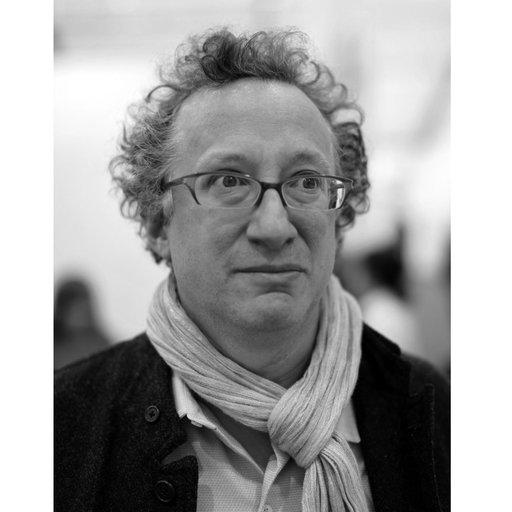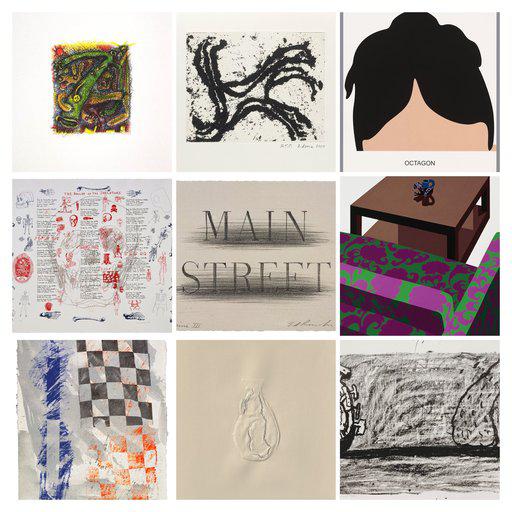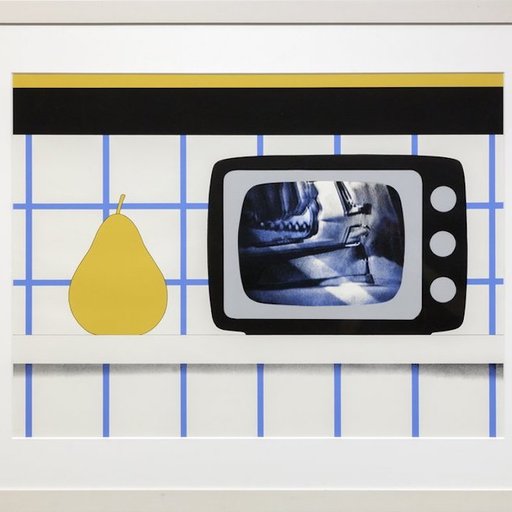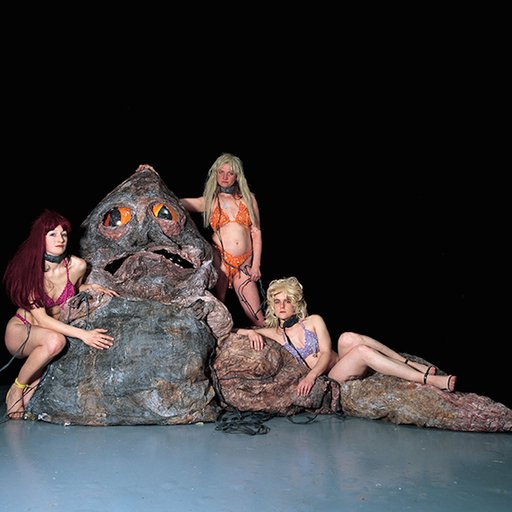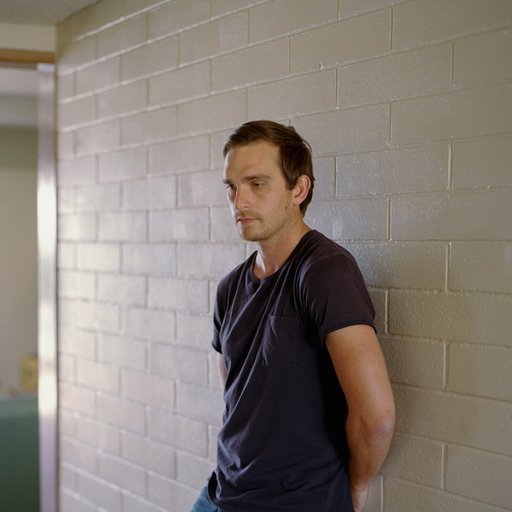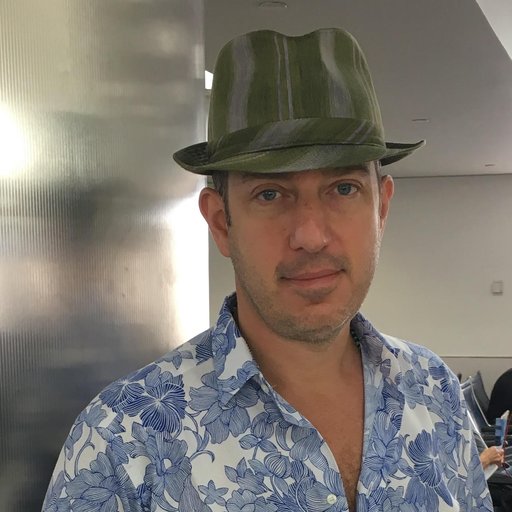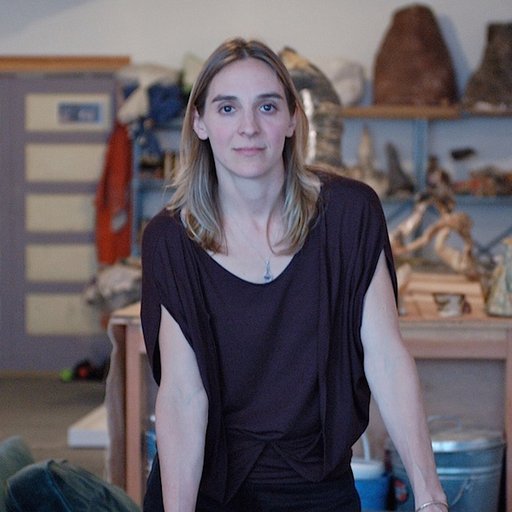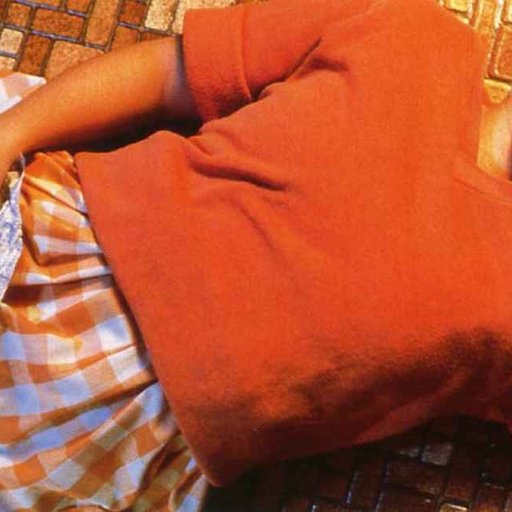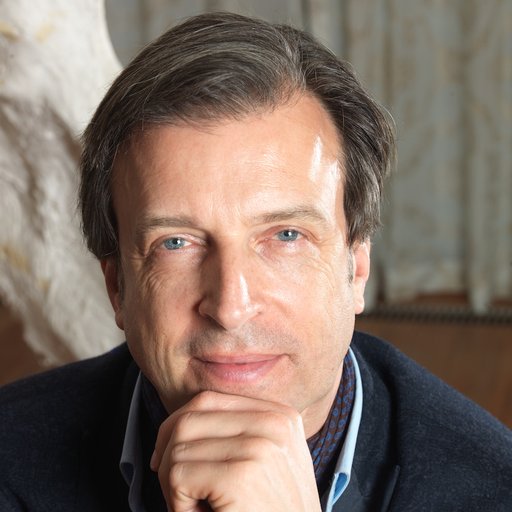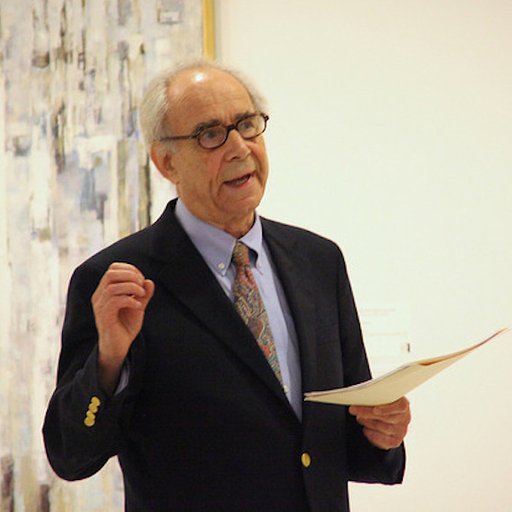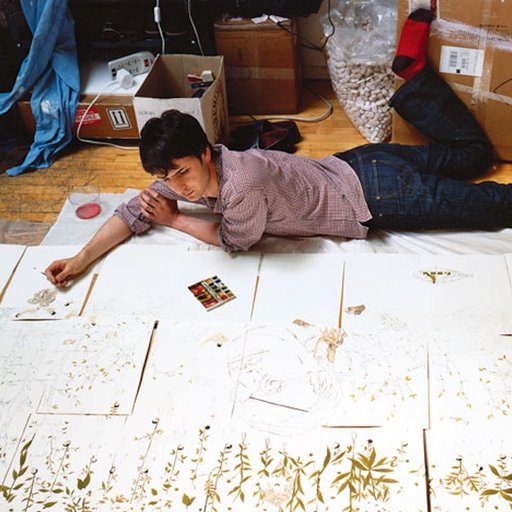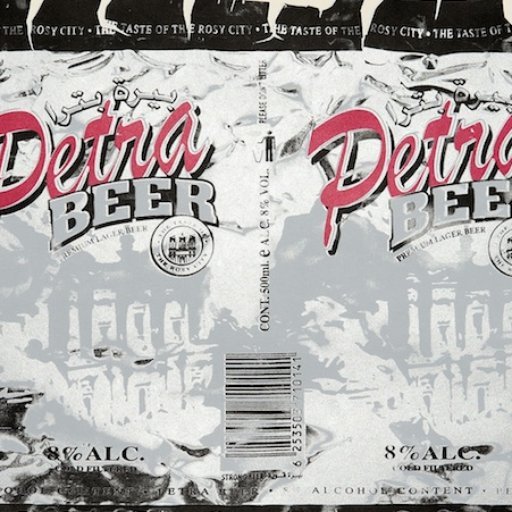Philip Guston was a painter and printmaker who began as a social realist painter, associated with the mural movement involving artists such as Diego Rivera and working for the Works Progress Administration’s Federal Arts Project in New York City during the 1930s. More than a decade later Guston made his name as an abstract expressionist working alongside painters of the New York School such as Jackson Pollock and William de Kooning. During this period he was most known for abstract paintings containing heavy strokes of color floating within the picture plane. Turning away from the approaches of artists like Pollok and Kline during the 1960s, Guston’s paintings came to include his own cartoon-style realism, combining elements of gestural abstraction with a return to figuration.
Guston had a major retrospective of his work at the Guggenheim Museum in New York in 1962 and in 1967 he moved back to Woodstock permanently where he continued to make paintings incorporating his signature cartoon-like forms and figures.






